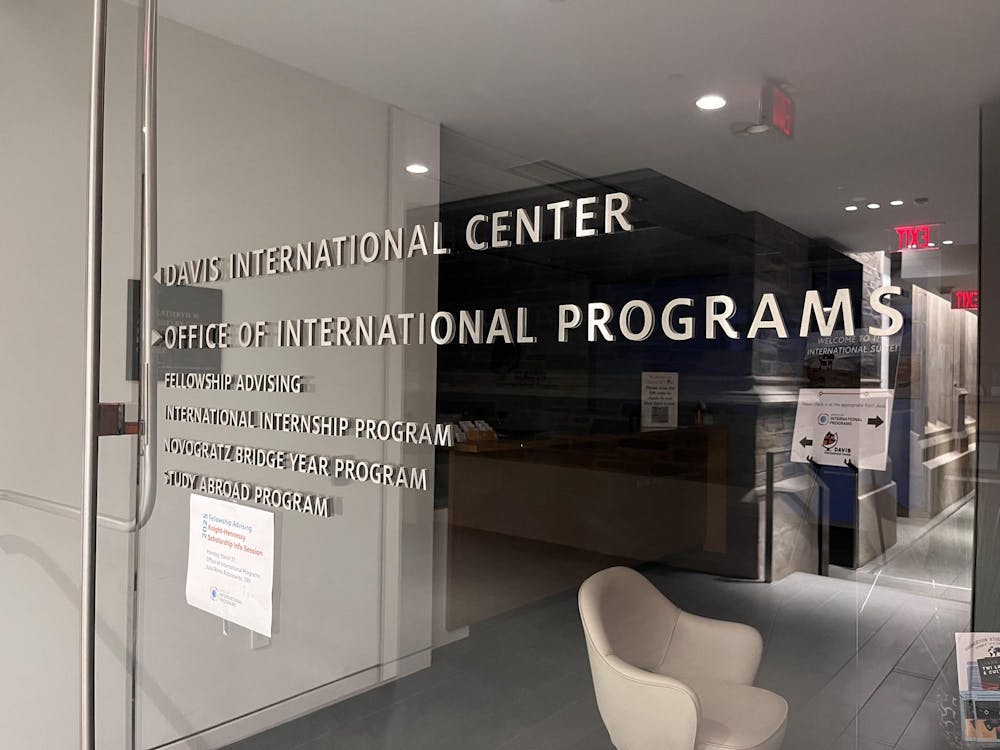Four Princeton scientists and faculty members are involved in a new center that will be founded to focus on the behavior of plasma: Dr. Maasaki Yamada and Dr. Hantao Ji from the Princeton Plasma Physics Lab and Professors Jeremy Goodman and Russell Kulsrud from the Department of Astrophysical Sciences.
Plasma is a hot, charged gas prevalent throughout the universe. It has important applications in energy use — some day, plasma may provide entire cities with a major clean energy source through fusion.
Yamada said the science of plasma interacting with charged particles is "fundamental physics" and said the work of the center will be to investigate its fundamental properties.
Such a study is no small task. Ji characterized it as "a major effort . . . The problem we attack is a big problem." However, he added, "Where there is a high risk, there is a high return."
The scientists are brought together in the endeavor to investigate plasma behavior through a five-year, $11.25 million grant from the National Science Foundation. Ji said, "The larger time period will better afford small groups to study plasma."
The project unites universities across the country. "Princeton has a strong experimental program," Ji said, "whereas the University of Chicago is known for computer simulations."
The new center, called The Center for Magnetic Self-Organization in Laboratory and Astrophysical Plasmas and designated a National Science Foundation Physics Frontier Center, will hope to understand properties of astrophysical phenomenon, Ji said.
"We believe we can do better," he said. "We're not just looking up in the sky to guess what's up there."

The other groups participating in the center are the University of Chicago Center for Astrophysics, the University of Wisconsin, the University of Kyoto, the University of Tokyo and Swarthmore.








